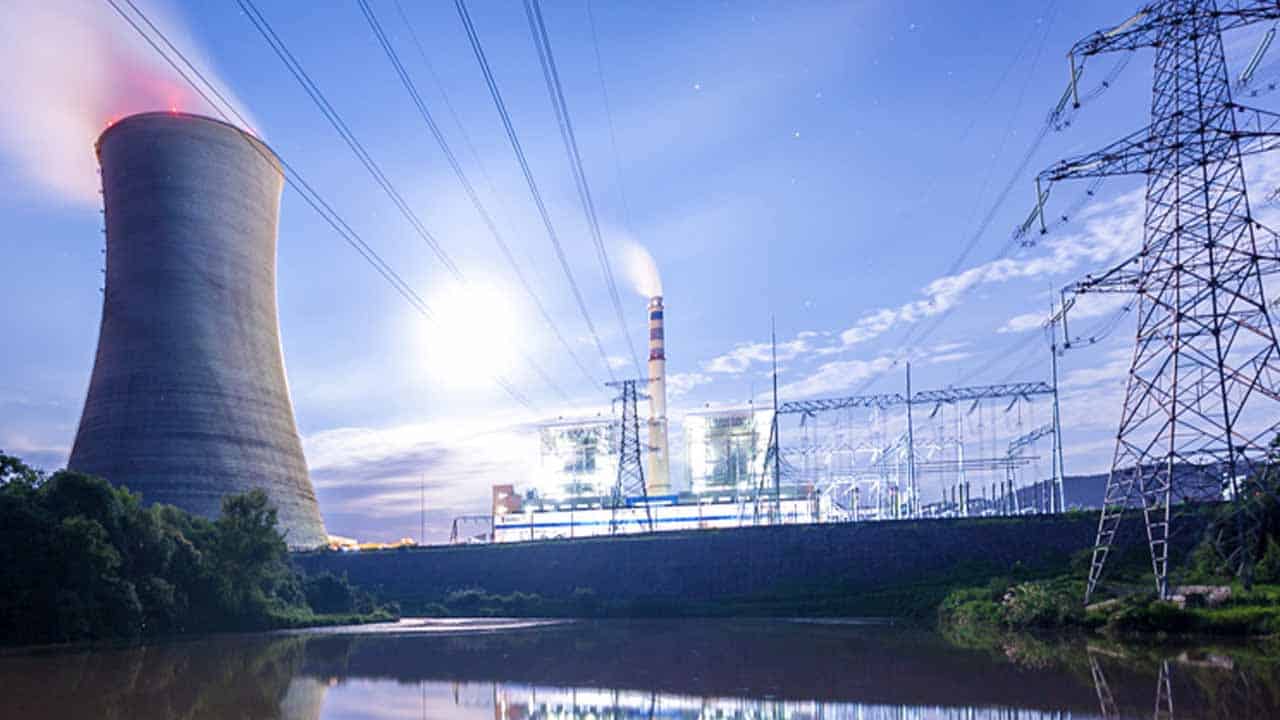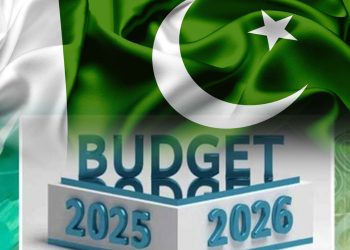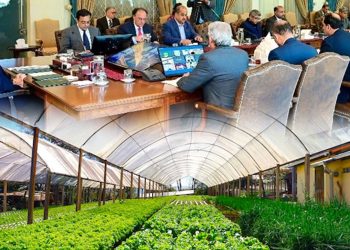The Federal Cabinet has approved the next power generation plan with an effective operational capacity of 23,964 megawatts (MW).
Out of the total capacity, 5,696 MW will be produced through regasified liquified natural gas (RLNG), 4674 MW through hydroelectric power plants, 4,639 MW through coal, and 3,074 MW through nuclear energy. Other major contributors include furnace oil gas and wind energy.
The cabinet was briefed regarding the projects that have been delayed due to a need to conserve energy. Included in these delays are the Punjab thermal project, which has been set back 26 months, and the Nova Base Shanghai Electric Power project, delayed 20 months.
It was briefed that 60 percent of Pakistan’s import costs are related to electricity, and the Ministry of Energy suggested that local sources be used to generate electricity instead of relying on imported fuel.
The Ministry of Energy sought permission to formulate a policy on the use of local resources for power generation.
The government is hopeful that load shedding will be reduced by the end of the week, following the addition of 2,000 megawatts to the system. Hydel power from the Tarbela dam is likely to increase as water inflow is increasing.
The government is aware of the suffering of the people but some factors, such as fuel prices in the international market, are not in its control.
At the Cabinet meeting, Prime Minister Shehbaz called for the creation of a detailed plan for the transfer of power distribution companies to the provincial governments. She noted that the provincial governments have a better distribution strategy and enforcement capability.
The prime minister directed Minister for Energy Dastgir to visit the two best-performing distribution companies and the two worst-performing distribution companies. He is to submit a detailed report to the Cabinet on the performance gap between the two companies.
At the meeting, it was announced that the electricity demand had reached 30,000 MW in June 2022. It was also explained that there is a difference between the installed capacity and operational capacity of electricity.
The Punjab Thermal 1263 project, which was originally scheduled to be completed in December 2019, was not completed until July 2022, 26 months behind schedule. The Thar Energy project, which was supposed to be completed in March 2021, will now be completed in August 2022, 17 months behind schedule. Finally, it was announced that the Thal Nova, a 330 MW project, will also be completed in March 2021.
However, the Shanghai Electric Power 1320 MW project will be completed in December 2022 with a delay of approximately 20 months. The Krut 720 MW power plant is scheduled to be completed in June 2022 with a delay of approximately 10 months.
The federal cabinet, on the recommendation of the Finance Division, appointed Crowe Hussain and Co for the Securities and Exchange Commission of Pakistan (SECP), and approved the appointment of External Auditors for the financial year 2021-2022.
The prime minister directed the Federal Adviser on National Food Security to work out a plan for the conversion of tube wells to solar energy as soon as possible.
The Federal Cabinet has ratified the decisions of the Cabinet Committee on Legislative Cases (CCLC) from 29 June 2022 and considered the decisions of the Cabinet Committee on Privatization (CCoP) from 24 June 2022.
In light of these earlier decisions, the prime minister has directed that no power plant running on imported fuel is to be installed in future.






